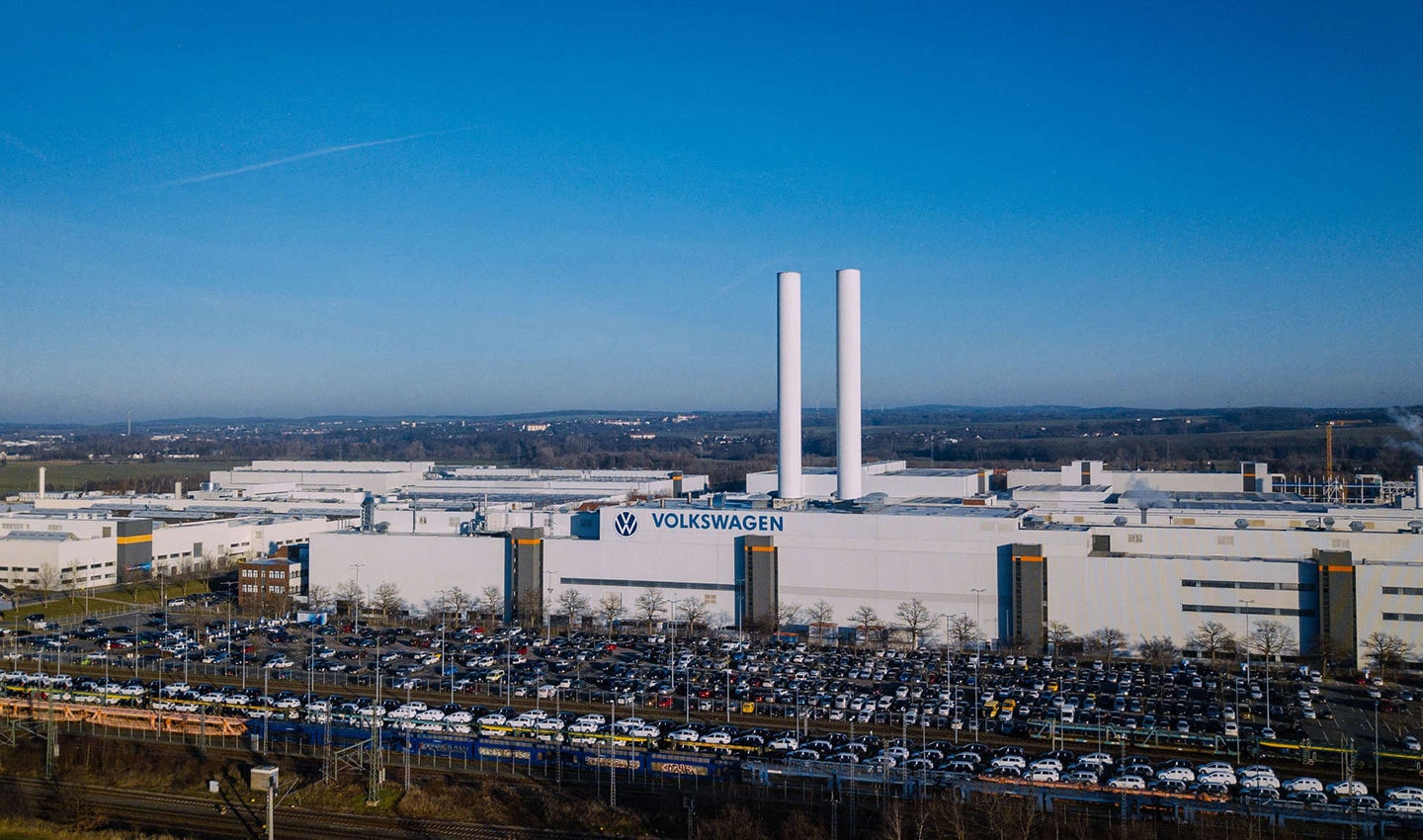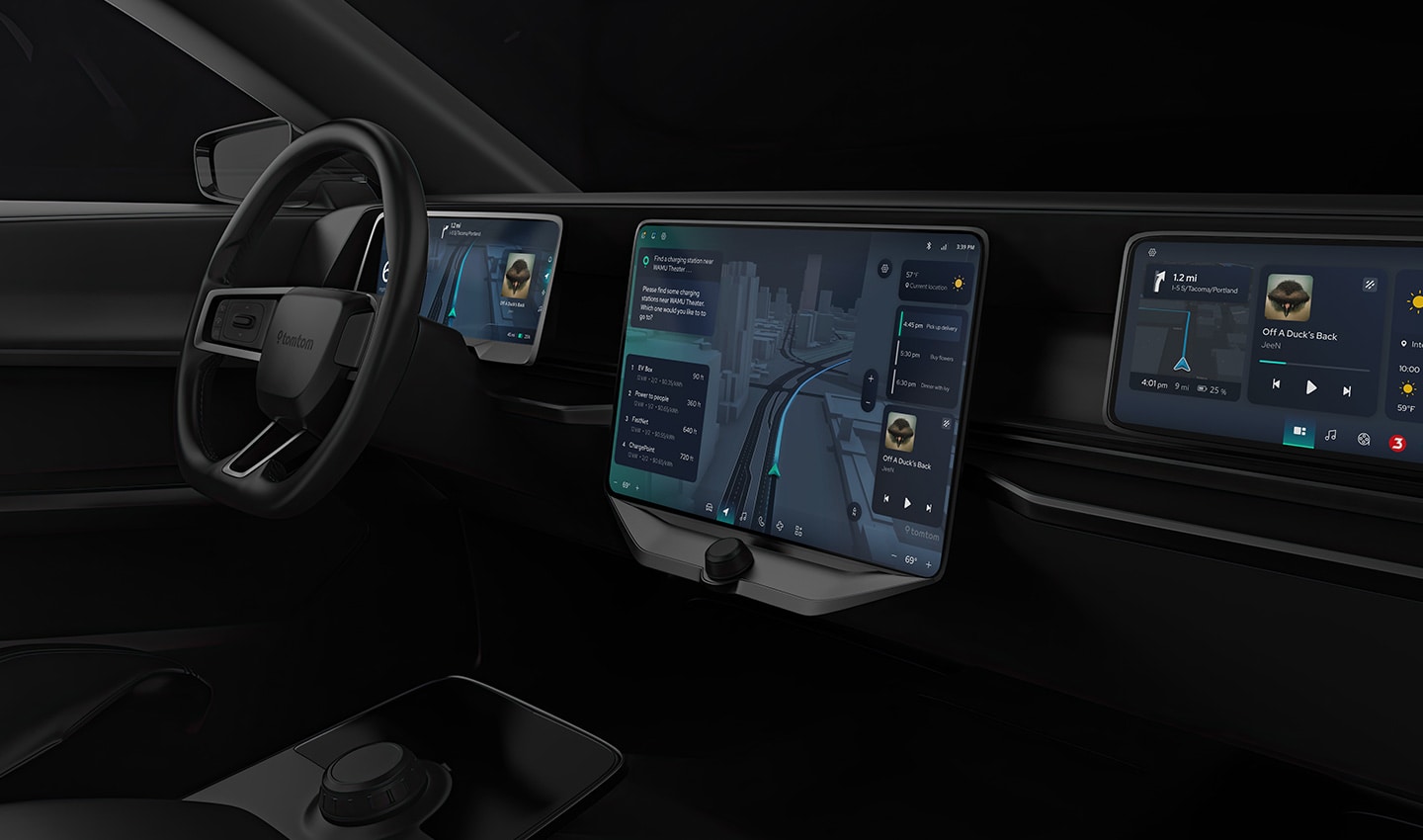
Welcome to this brand-new monthly edition of The Short Cut! We've expanded our coverage to bring you even more news from the cutting-edge of our industry. In this edition, we share the stories that got us talking over the past month — covering game-changing LiDAR tech to AI’s next big leap.
Stellantis Ventures invests in breakthrough cost-effective LiDAR technology
Stellantis' investment arm has made a significant stride in the advancement of driver assistance systems through a strategic investment in LiDAR technology. The move promises to make LiDAR tech more cost-effective by using innovative manufacturing processes.
This could lead to increased accuracy and detection range of LiDAR, potentially giving autonomous vehicles and driving features a much-needed boost toward safety, reliability and affordability.
Novel research enhances peripheral vision AI models
Recent research is advancing AI models and enhancing peripheral vision for autonomous vehicles. The improved AI models are said to bolster safety and situational awareness of cars that control themselves by aiding in object detection and improving their responsiveness.
Even though the tech focuses on vehicles, it has potential beyond the automotive world. In the healthcare sector, the enhanced peripheral vision technology could lead to more accurate and efficient diagnostic procedures.
EPA sets electric vehicle emission rule timeline
The Environmental Protection Agency (EPA) has unveiled a new emission rule, which further puts pressure on fleet operators and drivers to go electric. The rule sets emissions standards for passenger vehicles, including light duty and medium duty trucks. The standards will phase in for model year 2027 through 2032.
This move not only accelerates the shift toward sustainable mobility but also underscores the pivotal role of regulatory efforts in shaping the future of transportation. Read about it in full in the link above.
AI revolutionizes traffic management in cities
Two U.S. cities are set to harness AI to revolutionize how they manage traffic.
Raleigh, North Carolina and Cleveland, Ohio are implementing AI technology to analyze traffic patterns and optimize traffic resources using cameras and data analytics, as reported by Cryptopolitan. The aim is to reduce traffic fatalities to zero.
Currently, the tech is being piloted at select intersections in these cities, with plans to scale up for citywide impact.
Transformative, AI-powered approaches to traffic management, as detailed by one of TomTom’s traffic experts, hold promises of minimized congestion, improved traffic flows, sustainability and overall safer roads.

Research article: Advancements in sustainable construction materials
Researchers at Guangzhou Academy of Fine Arts and the University of British Columbia have made significant advancements in the sustainability of construction materials, explained in this article.
Their research has led to the development of new bio-based building materials which have a reduced carbon footprint and enhanced durability. The use of these new materials could revolutionize sustainable construction practices, by significantly reducing its environmental impact and contributing to the promotion of sustainable urban development and infrastructure.
Zwickau's electric car revolution
The city of Zwickau, Germany continues to make headlines as Volkswagen plows ahead with its plans to produce only electric vehicles in its iconic factory in the city. Despite initial skepticism, the transition to producing only EVs has been relatively smooth and hasn’t led to disrupted production or mass layoffs as some feared it would.
The change in Zwickau sees the German marque end production of its Golf model and retool to produce six new all-electric vehicles. The transition serves as a case study not just for the auto industry but all manufacturing, offering lessons for other regions or organizations who face similar changes in production.
While challenges remain for VW, such as fluctuating sales and competition from emerging electric carmakers, the VW Zwickau plant's evolution is an example that demonstrates successful adaptation in the face of environmental demands. Check out the Automotive plant Zwickau here and read the full story in The New York Times.
 Vw's iconic factory recently went all electric. Credit: Volkswagen Press Room, http://www.volkswagen-newsroom.com/en/zwickau-3755
Vw's iconic factory recently went all electric. Credit: Volkswagen Press Room, http://www.volkswagen-newsroom.com/en/zwickau-3755OpenStreetMap puts out calls for 'scientific' participation at its yearly conference
This year's OpenStreetMap conference, State of the Map, to be held in Nairobi, Kenya, introduces OSM Science 2024, a platform dedicated to academic research on OpenStreetMap.
Through this initiative, the conference aims to foster collaboration between the OpenStreetMap community and academic researchers and offer a space to exchange ideas about how OSM can aid in academic research.
The OpenStreetMap blog reads: "We expect empirical, methodological, conceptual or literature-review-based contributions addressing any scientific aspect related to OpenStreetMap, in particular, but not limited to, data collection, integration and quality analysis in OpenStreetMap; contribution patterns and the human/social dimensions of the project; integration of Artificial Intelligence techniques and other applications in which OpenStreetMap takes a central role.”
Check the post below to learn more.
Pioneering all-electric bus fleet hits the streets
Breaking ground in Florida's transit landscape, Hallandale Beach has launched the state's first fully electric bus fleet.
With the acquisition of nine cutting-edge electric buses, Hallandale Beach sets a new standard for sustainable public transportation in Florida, Hallandale Beach’s official press release says.
This significant investment not only promises cleaner air and reduced carbon emissions but also ensures a more reliable and environmentally conscious transit system for residents. By embracing clean, electric power, Hallandale Beach is helping pave the way for a healthier environment.
AI's single-radar 3D city mapping
A new machine learning system developed by aerospace engineers at the University of the Bundeswehr Munich can swiftly generate highly detailed city maps from single synthetic aperture radar (SAR) images. SAR creates high-resolution images by bouncing radio waves off a given subject and measuring the time it takes them to return to the camera, similar to how sonar works.
The tech promises to aid in disaster planning and response by quickly providing relief workers with accurate and detailed maps of disaster zones, which can highlight building damage, reports IEEE Spectrum. While the system shows promise, challenges with consistently mapping the height of tall buildings remain.
Named SAR2Height, the system makes significant advancements in remote sensing technology by reducing costs and increasing accuracy and reliability. Unlike optical satellite images, SAR works regardless of weather conditions and can produce height maps from a single SAR satellite, providing crucial insights when traditional methods may fail. It could prove to be vital in relief efforts.
Hyundai's bold EV commitment amid industry pullback
As other automakers scale back on electric vehicle (EV) plans because of economic uncertainty, Hyundai Motor Group, which includes the Hyundai, Kia and Genesis brands, is doubling down on its U.S. EV commitment.
Hyundai's U.S. CEO, Jose Munoz, criticized rival carmakers for their EV pullback, The Information reports. Despite industry challenges, Hyundai surged to become the second best-selling EV brand in the U.S. last year, trailing only to Tesla.
Offering a range of captivating EVs, including the IONIQ 5, IONIQ 6 and Kona Electric, and supported by substantial investments in EVs, Hyundai is accelerating its momentum in the market.
Digital cockpit controller power set to double by 2030
Automotive OEMs are gearing up for extended vehicle support with regular over-the-air (OTA) updates, and with that, they’re driving the need for more robust digital Cockpit Domain Controllers (CDCs) — the computers that control the entire digital cockpit.
ABI Research predicts a doubling of computing power in mid-market CDCs by 2030, fueled by demand for higher resolution screens and advanced features. Silicon vendors like NVIDIA and Qualcomm, alongside software specialists, will be pivotal in providing the necessary high-powered tech required for the CDCs of the future.
However, achieving a future-proofed CDC requires collaboration across the industry to ensure hardware and software work together. This trend is crucial for advancements in in-vehicle technologies which rely on robust computing infrastructure to deliver seamless and innovative driving experiences.

And that's it for this edition of The Short Cut. Look out for more captivating stories in the world of technology, mobility and location data in the next edition. Keep an eye out for more!
People also read
)
The battle for quality maps
)
TomTom's VP of Design on the future of in-vehicle experiences
)
Mapping for color blindness: High contrast dedicated color schemes
* Required field. By submitting your contact details to TomTom, you agree that we can contact you about marketing offers, newsletters, or to invite you to webinars and events. We could further personalize the content that you receive via cookies. You can unsubscribe at any time by the link included in our emails. Review our privacy policy. You can also browse our newsletter archive here.
)